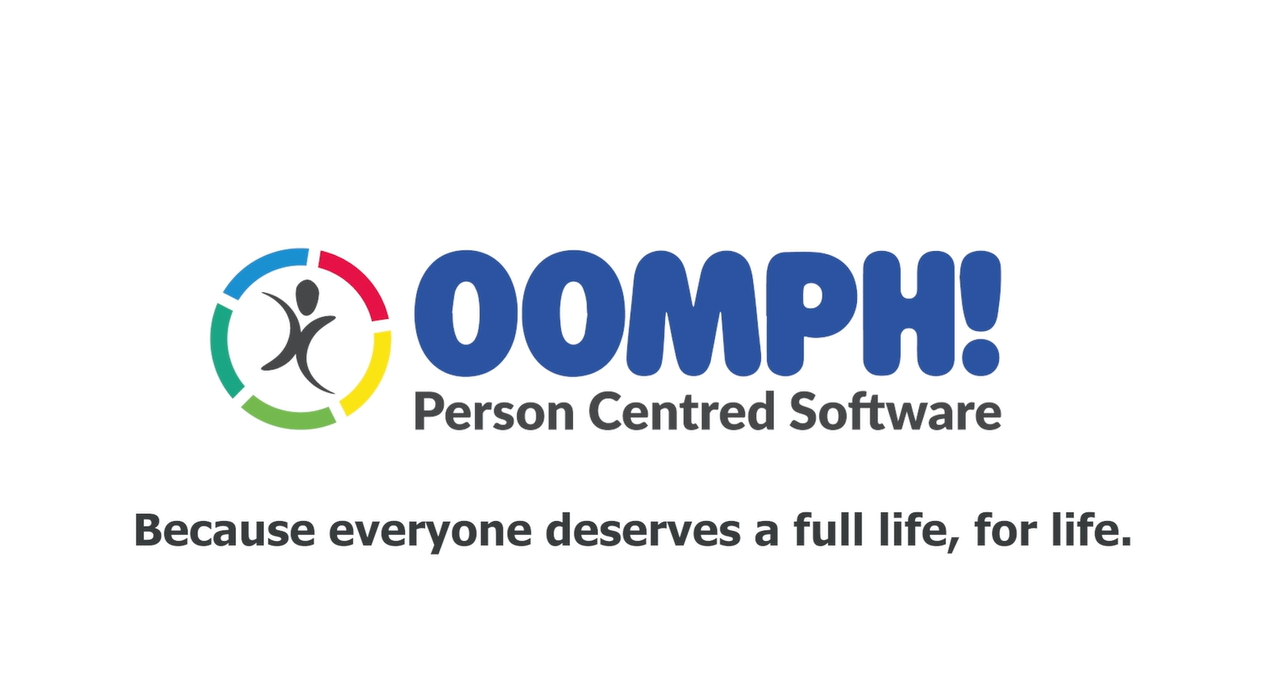Care home recruitment can be a challenging process, so we are discussing some of the best ideas to help you get it right
Staffing has been an issue for care homes for several years, leading to an estimated 152,000 vacant posts a day and 390,000 people leaving their roles last year (and a third of these people leaving social care altogether). The need for greater recruitment in the care industry will only increase in the near future, as an estimated 440,000 positions will be needed to be filled as a result of an ageing workforce coming up for retirement in the next 10 years combined with an increase in the need for care provision, as estimates suggest the population of older adults will increase by over 30% in the next 12 years.
As such, the short supply of qualified and dedicated care home staff can pose a significant issue to providers, not to mention the significant impact on the quality of life and quality of care of some of society’s most vulnerable people.
Though care services are finding it difficult to attract qualified candidates because of reasons such as increased demand due to the population ageing alongside the rise in cases of chronic illness and greater dependency, a high level of competition as more and more care services compete for a smaller pool of staff, high turnover rates due to the demands of the position, poor work-life balance and low pay, there are ways that care providers can overcome these factors.
One crucial aspect of care home recruitment is presenting your care service as an attractive place to work, and before considering recruitment, one of the ways in which care homes can do this is by investing in the digital tools, like those available with Person Centred Software's Connected Care Platform, that enable people to deliver the best possible outcomes to residents by streamlining and improving every aspect of care home management. It’s important to try and consider how your care setting looks to potential candidates, and you will present yourself as a much more attractive place to work if a candidate can see that you are willing to invest in the tools that help them to be the best that they can be.
Moreover, to overcome the challenges of recruiting the best candidates to ensure the right people are being targeted while making the most out of a potentially limited budget, care settings need to consider every possible strategy to attract and retain the best people to work in their care settings. Below are some of the most important things to consider for care home recruitment.
Values-based recruitment
Recruiting based on shared values, beliefs and attitudes is important no matter the industry, but it is especially important in a health and social care setting because so much of resident quality of life depends on staff being able to show understanding, patience, empathy and empathy, among other important traits.
Not only this but targeting candidates who have a natural passion for caring for others is crucial for care home recruitment, as well as a naturally personable nature. It’s important to remember that while sector qualifications and experience are obviously particularly important, many of these aspects can be learned and improved upon as time goes on, but you cannot teach a natural passion for caring!
Employee referral programs
Involving current staff in the care home recruitment process can be a powerful and useful means of getting the right people in the right positions. One way to do this is through an employee referral program.
With a referral program, you could be introduced to a pool of reliable people who share the same passions for caregiving and come recommended by someone who has knowledge of the job in practice, and who is best suited to judge who they think might thrive in the position.
To ensure such a program yields positive results, it’s a good idea to offer incentives for successful referrals and rewards for colleagues after their referral has passed the probation period. This will help to encourage the recommendation of the right people for long-term success.
Flexible working and compensation
Finding the right candidates for your care setting is only half of the challenge when it comes to care home recruitment; while care settings want to ensure that the candidate in question is the right fit for them, care settings also want to ensure that they are indeed the right fit for the candidate too.
This means highlighting the value of your care setting, the benefits of working there, and how it stands out from competitors. One way to do this is by ensuring any potential candidates that you will value their work-life balance by offering flexible working options and the kind of compensation that reflects the demanding nature of the job.
Highlighting your care setting as an attractive place to work from a work-life balance standpoint means understanding what it is candidates want in a long-term career in care. According to a recent report by Skills for Care, they suggested that:
- Workers were more likely to leave their roles if they were employed on zero-hours contracts
- Care workers paid above the minimum rate were less likely to leave their roles
- Care workers who received regular training were less likely to leave their roles
- The same applies to care workers with social care qualifications
So, one way you can really stand out from the competition when it comes to care home recruitment is by offering flexible working and part-time options to staff. This needs to be seen as more of a long-term investment. While it may be difficult to offer these benefits if you are understaffed or are working with tight budgets, remember that you are more likely to attract the right candidates for the position who will see it as a long-term option; it may also attract more candidates. This may ultimately help you to save money in the long run if it means you recruit correctly the first time around and then retain staff for longer and avoid costly and unnecessary recruitment processes.
Offer taster sessions
Taster sessions can be an especially useful way of finding out if a job in a care setting is the right fit for a candidate when presented with real-world challenges, and it can also help you decide if this potential member of the team is the right fit for you. It will give the person and you as a hiring manager the opportunity to see how they interact with residents and how they interact with other care staff.
Getting the job advert right
As mentioned above, employee referrals are a great way to target potential candidates who are suited to work in the care industry, but other ways of recruiting the right people start with how you put your job advert together, and where it goes. You could distribute posters or fliers in local community hubs, you could advertise for volunteers with a view to employment like taster days also mentioned above and you could advertise on social media. But whichever route you choose to distribute your job advert, the description needs to be considered carefully.
In the job deception, you need to clearly outline what the job role will involve alongside promoting the values and culture of the care setting. Value-based recruitment works both ways; you need to present yourself as a place in which the top candidates will want to work. For example, as mentioned above, if you have invested in digital solutions like those available with Person Centred Software, you are showing potential candidates that you are investing for the future.
Also, beyond listing what the necessary skills and qualifications are, it’s important to outline the values, behaviours and passions that the role will require. And perhaps most important of all, it needs to outline the path of progression within the business.
Offering a clear pathway to progress
The report from Skills for Care suggests that nearly half (45.9%) of care workers with less than one year of experience in the role had a much higher rate of turnover. This means that they are leaving soon after joining, so ensuring a positive relationship straight away alongside a clear path to progress in the role is important to recruit the right kind of person for a care setting. The report also suggests that recruiting younger people is an issue, with turnover rates among those under 20 being more than half (53.7%).
So looking at recruitment issues more broadly – people are more likely to leave their positions if they have little or no access to upskilling opportunities or training, people are more likely to leave after the first year and are more likely to do so at a younger age – this speaks to the importance of showcasing the value and viability of a career in care, one which can offer clear progression, development and training.
One of the best ways to do this is by investing in a training program, like that available through the Wellbeing & Activities Training for staff, that will give care staff the tools they need to progress in their careers.







